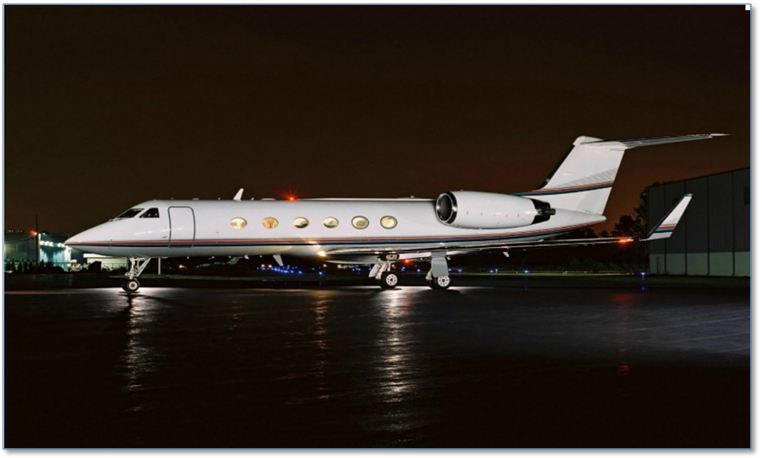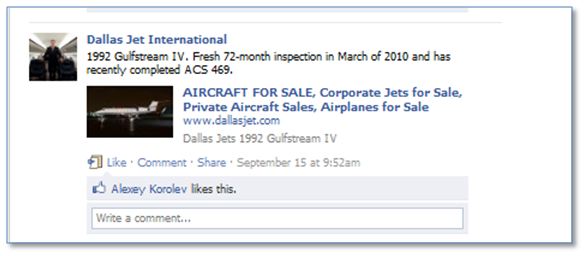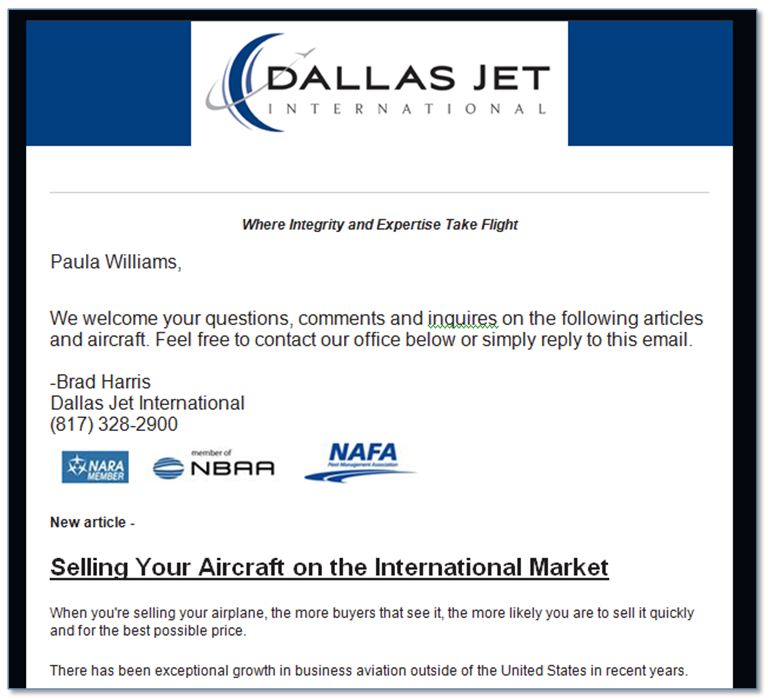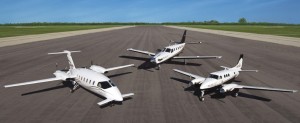






If aircraft acquisition and sales transactions always went smoothly, anyone could follow a set procedure and buy or sell an aircraft. But when complications arise in an aircraft sale or other transaction, the realization that knowledgeable and professional assistance is required becomes visceral.
Aircraft acquisitions and sales involve several highly regulated and complicated processes and procedures. (Read – bureaucracy and paperwork!)
A skilled negotiator is required of course, but assuming that all parties agree in principle to the aircraft ownership change, many procedural steps remain. An unresolved error in any step of any procedure has a high propensity to cause the transaction to fail.
An inexperienced broker could lose a good opportunity or fail to recognize a bad opportunity and fail to protect his client.
We explained the basics of the acquisition process in the article Overview of an Aircraft Purchase, but in this article we’ll focus on case studies where transactions have gone awry (or potentially awry) after the Letter of Intent was executed.
Case One – “We want to buy the aircraft, but have discovered legal and tax issues.”
DJI was recently negotiating the sale of a Gulfstream V. The process was going well; we had negotiated an agreement and the buyer sent us a Letter of Intent. We were prepared to accept the offer the next morning and requested information needed to comply with the Patriot Act and Know Your Customer regulations. The information requested was simply the company name and address for the principal that would take possession of the aircraft.
After waiting most of the week, the following Monday we contacted the prospective buyer, who was very apologetic. In his words:
“We are not ready to take possession of the aircraft. There are some legal and tax ramifications that we are not prepared for. “
Since we were experienced with this sort of issue, we suggested a legal firm to design a structure that would allow the purchaser to go forward with the transaction. He was grateful and completed the transaction.
A less experienced broker might have let this transaction fail.
Because of our in-depth experience, ability to suggest business solutions to problems, and the credibility and trust we’ve garnered over years of working with various brokers, bankers, attorneys, buyers and sellers in this industry, we made a suggestion that was also in the best interest of the buyer. We were not working for this buyer, but made some connections with knowledgeable and experienced professionals who were able to create a win-win scenario.
Case Two – “The Broker Didn’t Go On-Site for Inspections, the Owner Stuck with a Lemon”
The pre-buy inspection process is commonly prone to error .
Once the buyer and seller have negotiated the price and terms and have executed a Letter of Intent, the transaction can be jeopardized by pre-buy Inspection discrepancies 5% or 10% of the time
DJI is always on site for pre-buy inspections, regardless of whether the transaction is an acquisition or sale.
In this instance, our client was interested in purchasing a Falcon 900B. On Day 3 of the pre-buy inspection, we discovered the aircraft had a gear-up landing at some point in the distant past. We quickly learned this was unknown to the current owner, as it had apparently happened prior to his acquisition where he did not use a reputable broker to help with the purchase.
Of course we advised our client not to buy, and immediately began the process to locate a better acquisition opportunity.
A less experienced or non-exclusive broker might have allowed this transaction to take place.
Evidently, the current owner of this Falcon 900B did not have someone with a fiduciary responsibility to represent his best interest in the acquisition of the aircraft. Most likely, the broker wasn’t on-site for the inspection as the damage history was never mentioned to the owner or had been overlooked.
Case Three – “198 Discrepancies. Isn’t That A Lot?”
A broker that has many years of experience dealing with particular aircraft types gets to know the range of “normal” for that aircraft.
As an example, we were acquiring a Gulfstream IV for a customer in St. Louis. The pre-buy inspection resulted in a list of 198 discrepancies; the buyer was shocked. His initial reaction was that this was a “bad aircraft.” The buyer didn’t understand older Gulfstream maintenance costs. A relatively large discrepancy list does not necessarily correspond to a large cash outlay.
Older aircraft can require more maintenance.
A less experienced broker might have lost a valuable opportunity.
Depending on the nature of those 198 items, this could be a great bargaining position for the buyer. This could be an ideal opportunity if the client’s intent was to upgrade, refurbish or modify those items anyway.
Case Four – “The Hunch”
In the last case we’ll mention, we were negotiating a Falcon 10 for a client. The pre-buy inspection done at KC Aviation in Dallas back in the mid 1990’s.
Some of the logbooks weren’t well documented but we were confident we could resolve that issue. There had been some part-swapping where an owner had replaced the starter generator from another airplane. Logbook issues and parts issues were yellow flags, but neither was sufficient to stop the process.
We prepared to fly the aircraft for the test flight. As we taxied out, the flap indicator cycled from no indication to a red (transition) indication and never made it to the next green indication. The seller said “Oh, don’t worry about that, it will go away right before takeoff.” – and it did.
On a Falcon, the landing gear should work very smoothly, but on gear retraction we heard a loud popping noise.
When we pulled the power back, the air-conditioning stopped; and when we put power back in, the air-conditioning resumed.
The seller said, “Let’s continue the test flight; we can get those things fixed.”
Our prospective buyer had already spent $50,000 on the inspections and legal fees. I advised him to walk away from the aircraft. There was nothing in particular that was a “deal killer,” but the chain of events compared with the many aircraft we had bought and sold over the years, as well as my experience as a pilot, gave me a “hunch” this was going to be a problem aircraft.
I’ll never forget what he said. “I hired you to represent me to protect my interests. If you don’t like it, I don’t like it, get on the next flight out of there. We’ll regroup tomorrow.”
That customer has continued to trust us to buy and sell aircraft for him for 16 years. We have represented him in six aircraft acquisitions since.
A less experienced broker might have let his client buy that Falcon 10.
We don’t get paid for incomplete transactions and these are hard decisions to make. DJI invested a lot of time and money researching that Falcon 10, but we have a responsibility to represent the best interests of our clients. There are brokers that would have completed that transaction, to the client’s ultimate chagrin.
We understand the road to success is a long one, especially in aviation. Our priority is the relationship with each customer; understanding that each is worth much more than the current “deal.” With this perspective, we make decisions that may seem not to be in our immediate financial self-interest.
Since things can and do go wrong in aircraft transactions, you need an experienced broker representing your interests. We would like to be that trusted advisor.
Brad Harris
Brad Harris is founder and CEO of Dallas Jet International. Mr. Harris holds a Bachelor of Science Degree in Professional Aviation and Airway Science and a Masters Degree in human resources from Louisiana Tech University. Mr. Harris entered the aviation industry in 1989 as a corporate pilot for a Fortune 500 corporation. In 1993, he started a successful aircraft leasing and renting company which expanded to a successful aircraft management company in 1995. In 1993, Mr. Harris began his aircraft sales career and, in a very rapid fashion, became one of the most highly respected aircraft brokers in the World. In 1998, Mr. Harris started an aircraft sales, consulting, and brokerage company that is known today as Dallas Jet International. Mr. Harris is a current airline transport pilot who is type-rated in ten (10) different jet aircraft including the Gulfstream 550, 450, 350, GV, GIV, GIII, GII, Hawker 125, Falcon 10, Citation 550/500, Beechjet 400, 400A, Lockheed Jetstar II, Diamond Jet and King Air 300/350. In the many different aircraft markets, Mr. Harris parlays extensive hands-on knowledge and experience into clear results for his clientele. In addition to Mr. Harris maintaining a career focus on aircraft sales, he also has extensive experience in aviation consulting and management. Included on his client list are several clients for whom Mr. Harris and his firm have set up flight departments, consisting of aircraft crewing, aircraft management, aircraft maintenance and aircraft operating budgets. He and the firm are currently managing a Gulfstream V, a Gulfstream IV, a Falcon 50, a Citation II, a Citation ISP, a Citation Mustang, a Hawker 400XP, and two King Air 350’s.What most people do not know about Mr. Harris is that he possesses significant entrepreneurial experience in real estate and commercial insurance. This business experience, combined with his unparalleled experience in all facets of corporate aviation, has been the foundation of success for Dallas Jet International and its clients.
 Professionals who pride themselves on prioritizing the focus of each transaction appropriately own Dallas Jet International (DJI). Long-term relationships come first, business objectives second, and aircraft third. This long-term focus and emphasis on the people and business that the aircraft will be serving ensures that each decision is made in the best interest of the client, many of whom have relied on DJI to represent their interests in multiple aircraft transactions over many years.
Professionals who pride themselves on prioritizing the focus of each transaction appropriately own Dallas Jet International (DJI). Long-term relationships come first, business objectives second, and aircraft third. This long-term focus and emphasis on the people and business that the aircraft will be serving ensures that each decision is made in the best interest of the client, many of whom have relied on DJI to represent their interests in multiple aircraft transactions over many years. Technology provides many opportunities to save time and money. Webinars and videoconferencing seem to be the order of the day. However, at Dallas Jet International (DJI), we maintain an old-fashioned commitment to being physically present at critical stages of the jet sales transaction process.
Technology provides many opportunities to save time and money. Webinars and videoconferencing seem to be the order of the day. However, at Dallas Jet International (DJI), we maintain an old-fashioned commitment to being physically present at critical stages of the jet sales transaction process. By Brad Harris, Dallas Jet International
By Brad Harris, Dallas Jet International












